arXiv 2308.01416v1
Entanglement-Based Quantum Information Technology
Zheshen Zhang, Chenglong You, Omar S. Magaña-Loaiza, Robert Fickler, Roberto de J. León-Montiel, Juan P. Torres, Travis Humble, Shuai Liu, Yi Xia, Quntao Zhuang
- quant-ph
- physics.optics
Entanglement is a quintessential quantum mechanical phenomenon with no classical equivalent. First discussed by Einstein, Podolsky, and Rosen and formally introduced by Schr"odinger in 1935, entanglement has grown from a scientific debate to a radically new resource that sparks a technological revolution. This review focuses on the fundamentals and recent advances in entanglement-based quantum information technology (QIT), specifically in photonic systems. Photons are unique quantum information carriers with several advantages, such as their ability to operate at room temperature, their compatibility with existing communication and sensing infrastructures, and the availability of readily accessible optical components. Photons also interface well with other solid-state quantum platforms. We will first provide an overview on entanglement, starting with an introduction to its development from a historical perspective followed by the theory for entanglement generation and the associated representative experiments. We will then dive into the applications of entanglement-based QIT for sensing, imaging, spectroscopy, data processing, and communication. Before closing, we will present an outlook for the architecture of the next-generation entanglement-based QIT and its prospective applications.


